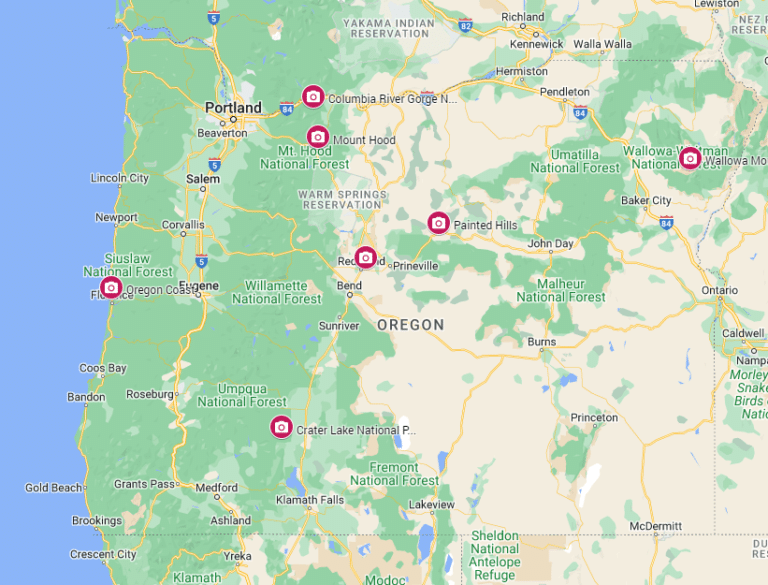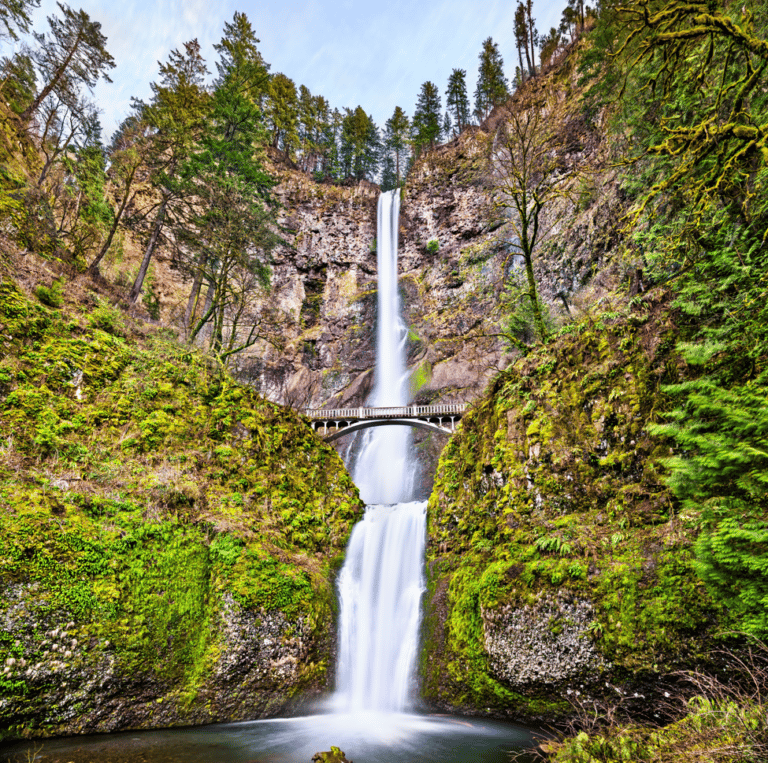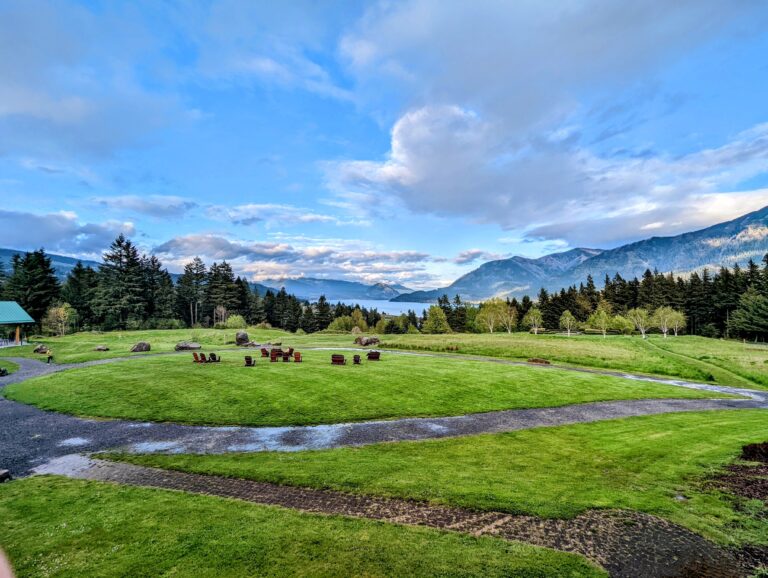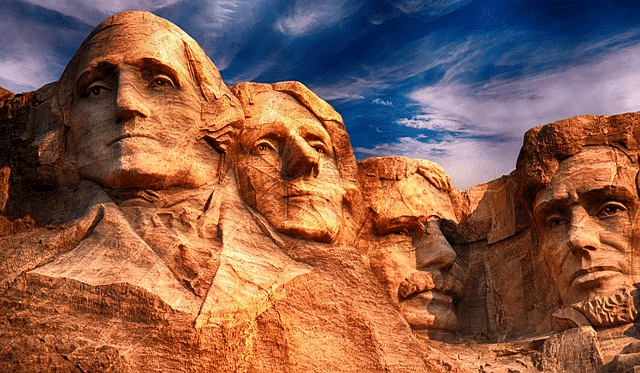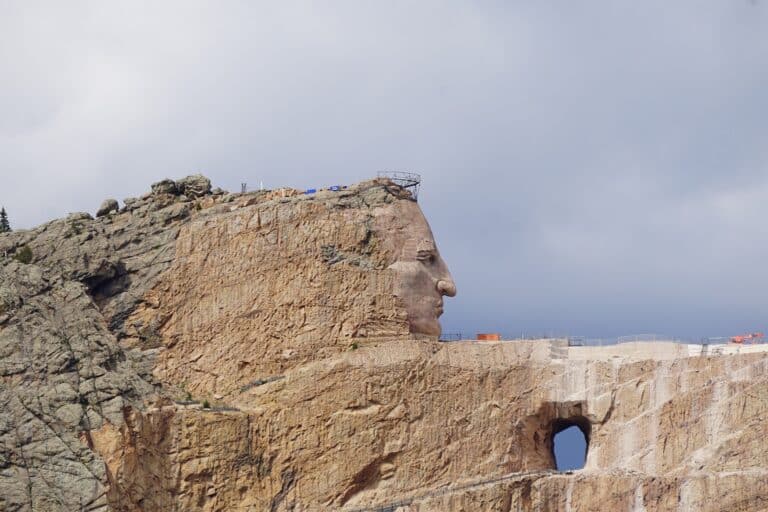Lost In Time: Utah’s Ghost Town Treasures
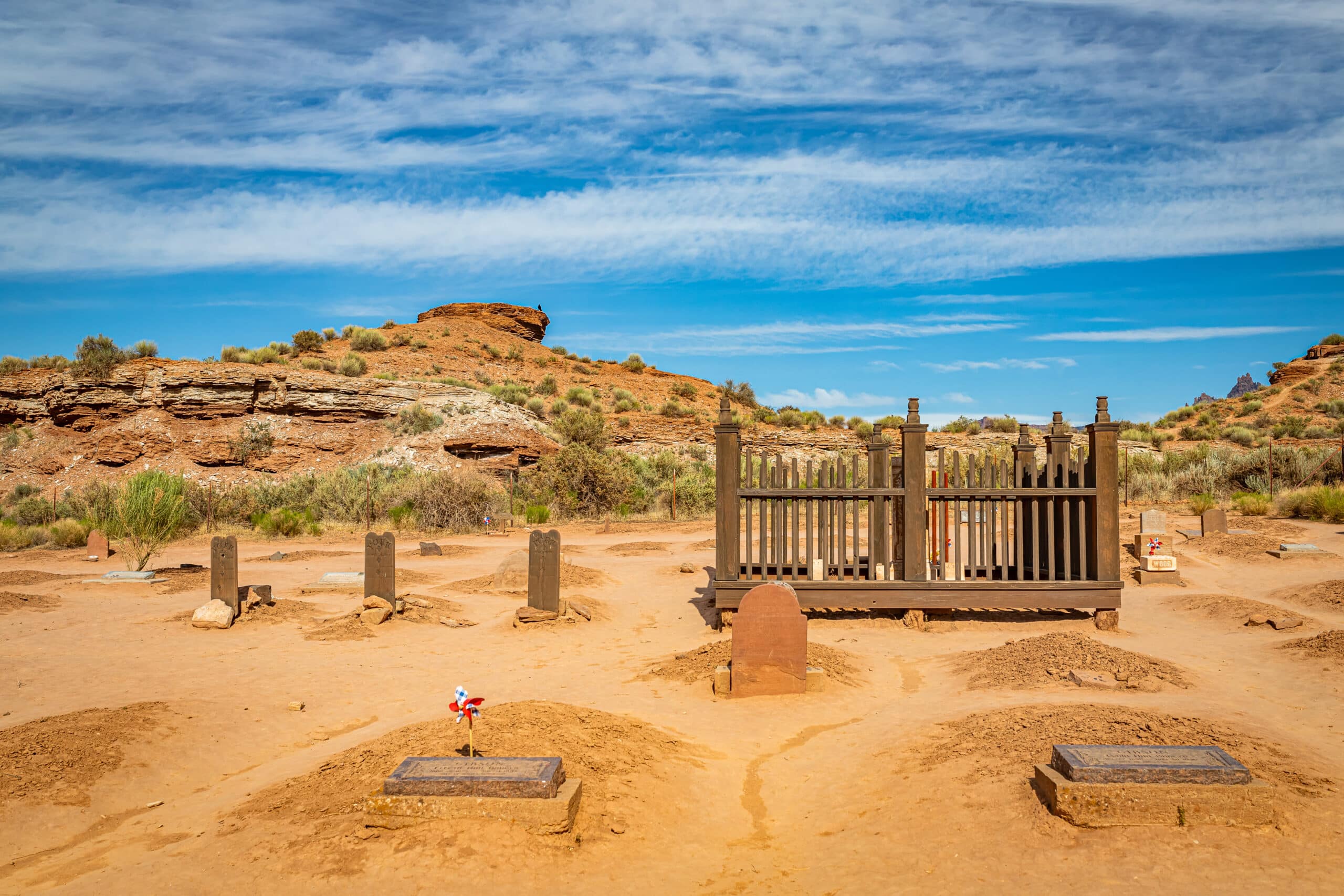
Our content may include affiliate links, through which we earn a small commission on purchases. Want to learn more about us? Read here.
Take a break from the hustle and bustle of city life and immerse yourself in nature as you discover some of the best ghost towns Utah offers. Are you ready to embark on an unforgettable journey? Utah has some of the most incredible hidden gems, perfect for those exploring beyond the beaten path.
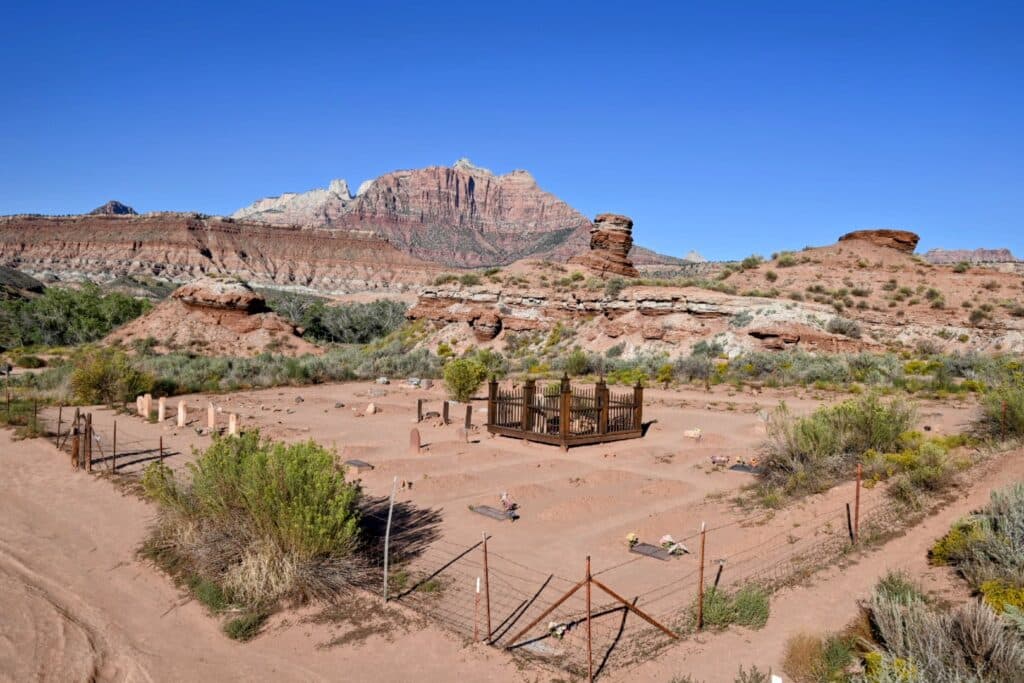
You’ve seen the beautiful national parks and red rock canyons. It’s time to check out some of the many ghost towns; a Utah road trip offers something for everyone.
Getting There
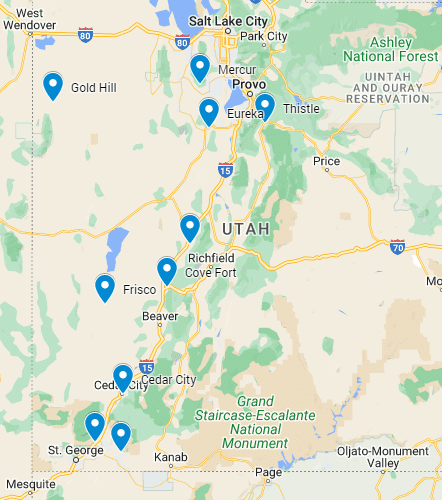
If you’re looking to explore the historic ghost towns of Utah, one of the best ways to do it is by flying into Salt Lake City and renting a car. From there, embark on an adventurous road trip that allows you to spend a week visiting some of the most spectacular ghost towns in the area.
With unique features like abandoned buildings, old mines, and other hidden gems, this journey through time will surely be unforgettable. Whether you take a few days or a full week, you’ll enjoy every moment of discovering these intriguing sites.
Elgin Station and Mercur
Distance
- 60 miles from Salt Lake City
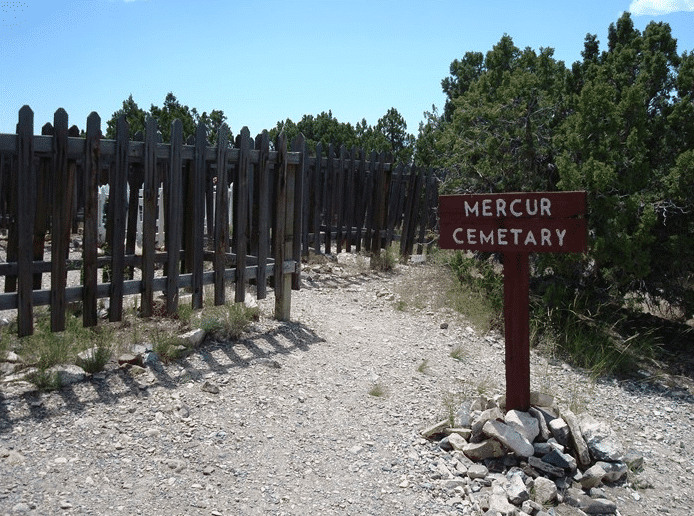
Located in Tooele County, Utah, Elgin Station and Mercur Ghost Towns are two of the most well-preserved ghost towns in the state. A former stagecoach station, Elgin Station, was built in 1868 and later served as a post office and Pony Express station.
Today it still stands with its original stone foundation and weathered walls, offering visitors a peek into what life was like in the 1800s. Just down the road is Mercur Ghost Town, originally formed around a gold ore processing mill built in 1891. It once boasted some 500 inhabitants who worked at nearby mines and had access to a company store, churches, schools, and saloons.
Structures here include an old schoolhouse, stamping mill ruins, general store foundations, and a nameplate from the rail line that passed through town. Visitors today can stroll along the remaining boardwalks or investigate Mercur’s mining pits for a glimpse of this old Western boomtown’s history.
Gold Hill
Distance
- 104 miles from Mercur

Gold Hill is a charming ghost town located in Washington County. Founded during the 1800s, the town was once home to almost 1,000 people who worked at nearby mines and later farmed the land. After World War II, the population of Gold Hill began to decline steadily until it became a virtually deserted town by the 1960s.
Nowadays, visitors to Gold Hill can explore its many abandoned buildings, including an old hotel, saloon, barbershop, and store, and get a glimpse of its rich and fascinating history. For example, you can still see many rusting mining tools scattered around the area, which reminds you of Gold Hill’s past.
The desolate site still holds a certain allure for visitors today who experience its haunting atmosphere and forgotten secrets. Gold Hill is one of Utah’s ghost towns that is certainly off the beaten path, the nearest town, Dugway, is 65 miles east. So this may not be part of your itinerary if your schedule is tight.
Tintic
Distance
- 129 miles from Gold Hill
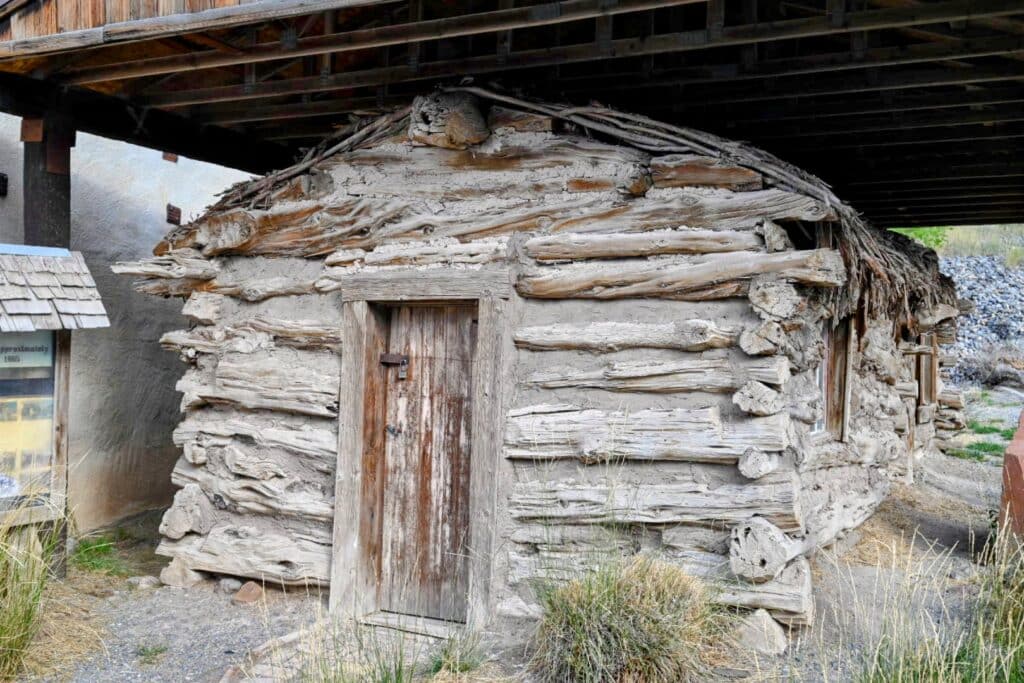
Tintic, an authentic ghost town, is located in Juab County. The town was first established in the late 1880s as a mining camp and grew rapidly to house over 1,500 people by 1900. The mines of the Tintic Mining District produced more than $100 million in gold, silver, and lead ore.
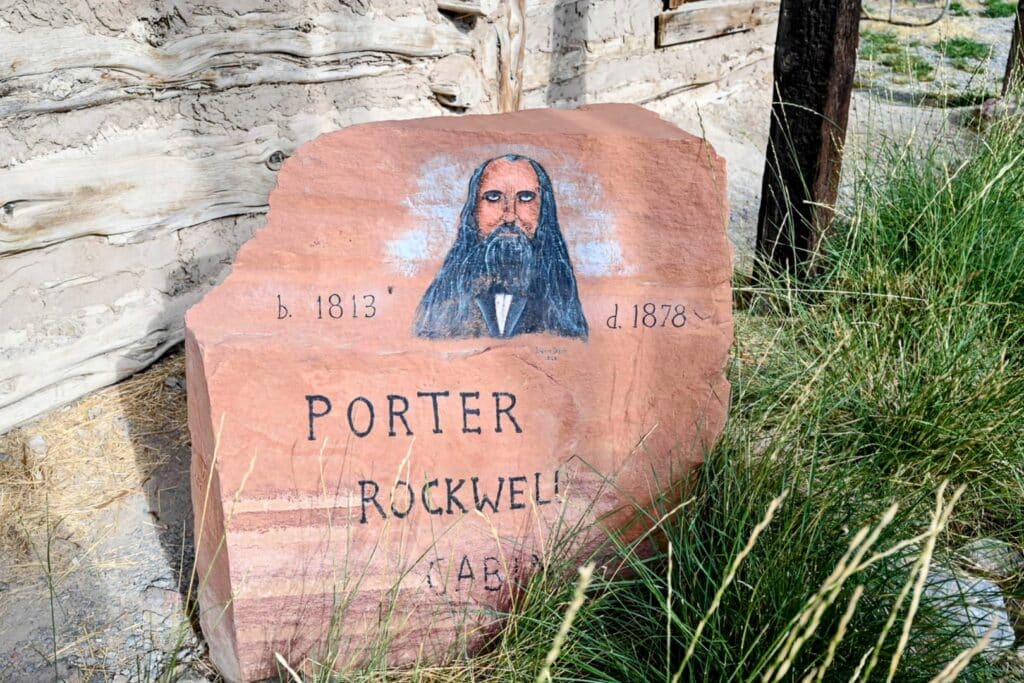
The mines were eventually ditched due to rising production costs and declining prices for metals. Today the remaining old buildings serve as reminders of Tintic’s old mining town history, providing an interesting look into this once-thriving community that is now only inhabited by ghosts.
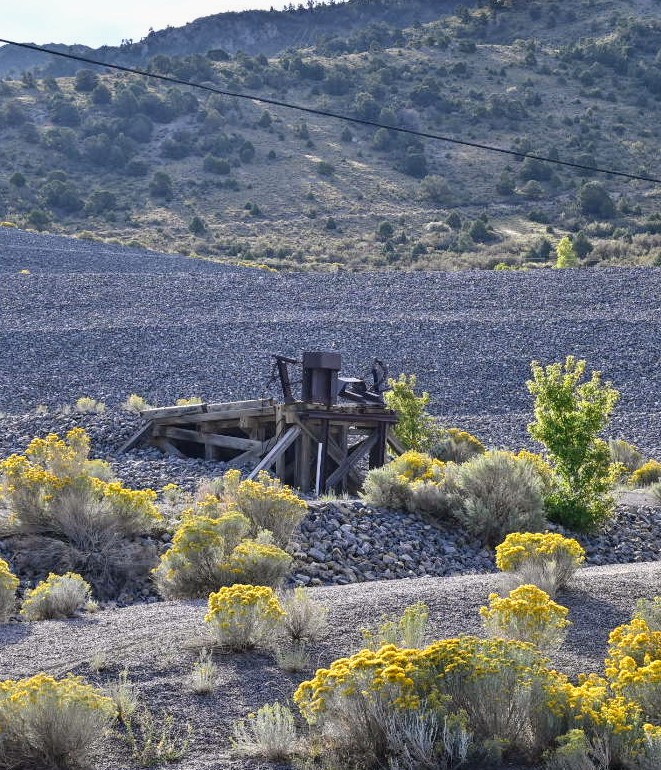
Thistle
Distance
- 49 miles from Tintic (Eureka)
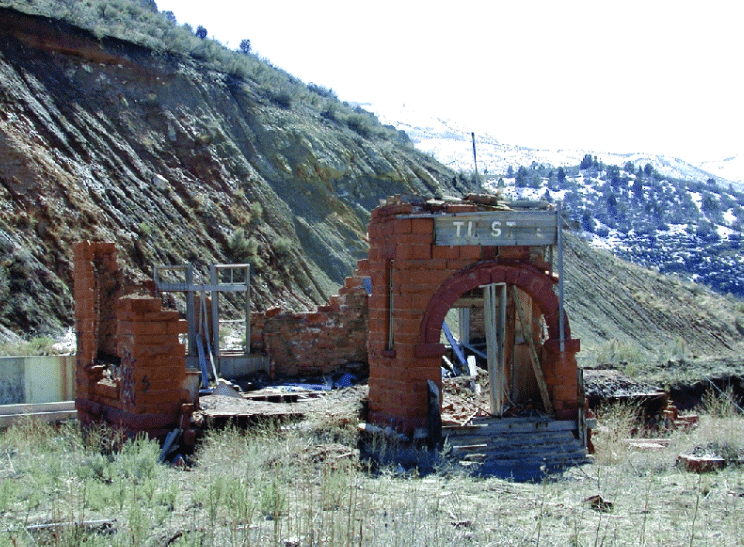
Thistle is a ghost town located in Sanpete County. The town was once a bustling railway stop, but with the decline of the region’s coal industry in the 1950s and 1960s, it eventually became deserted. Although the once-lively railroad town station is long gone, its sandstone formation remains.
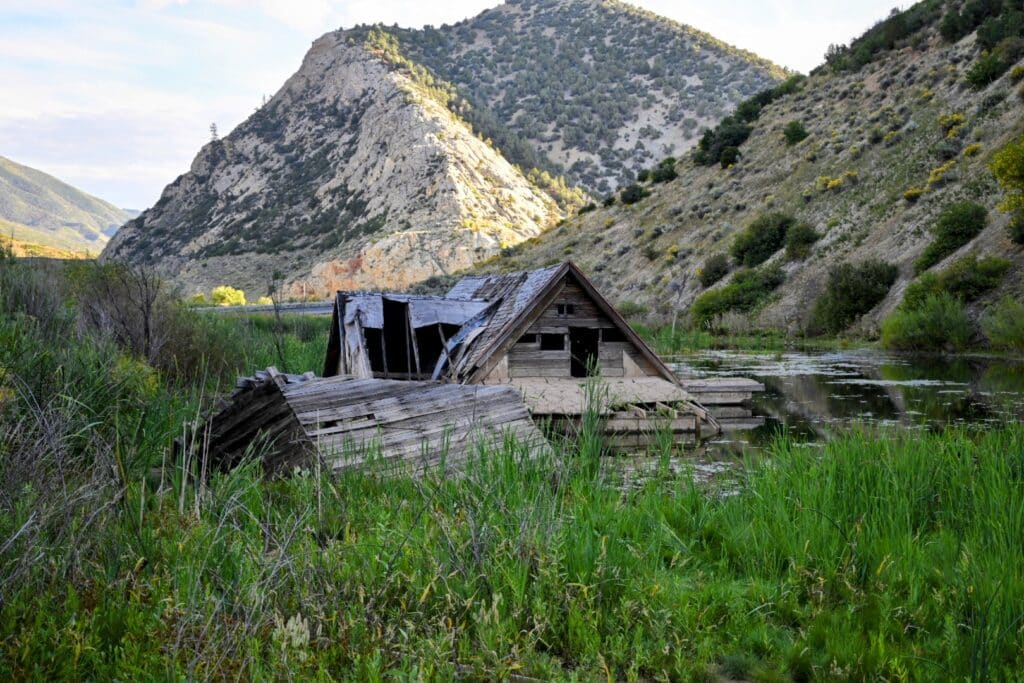
Visitors to Thistle ghost town can investigate several different ruins, including the old saloon and hotel used by workers in the local coal industry. Other remnants of the past include broken bottles and dishes, an old factory, and even a deserted schoolhouse. Today these ruins act as reminders of Thistle’s former life and continue to fascinate visitors who come to tour these historic places.
Territorial State House State Park
Distance
- 109 miles from Thistle
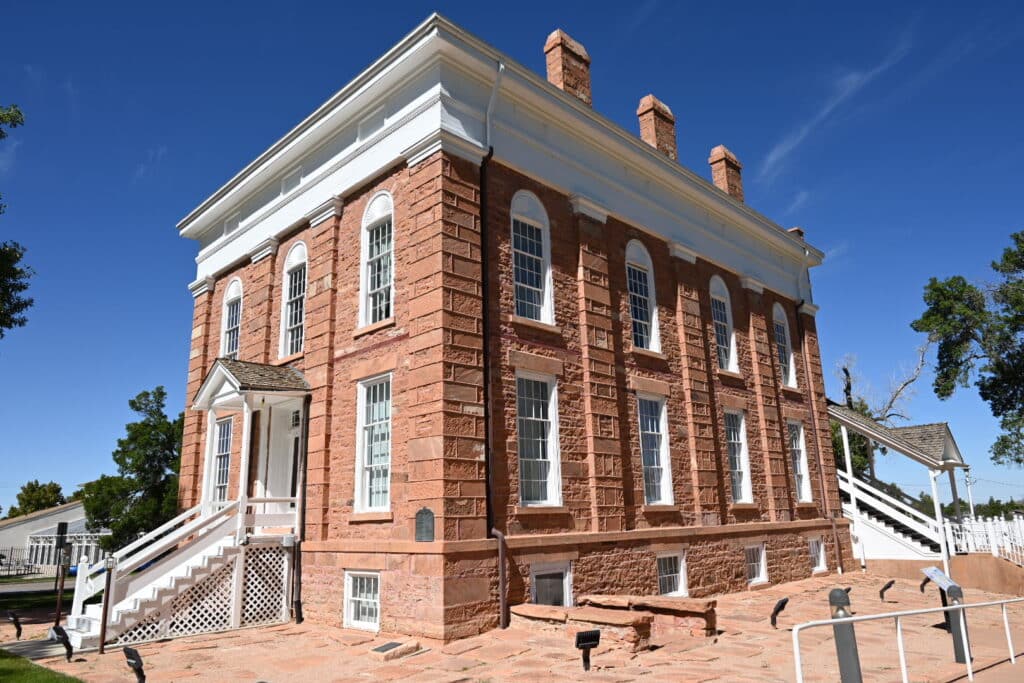
Territorial State House in Fillmore is a unique ghost town experience. The park features the oldest existing capitol building west of the Mississippi River, which served as the state house from 1855 to 1856. It offers a glimpse into Utah’s earliest days of statehood and is home to numerous other historic buildings, including several homesteads, a courthouse, a blacksmith shop, and more.
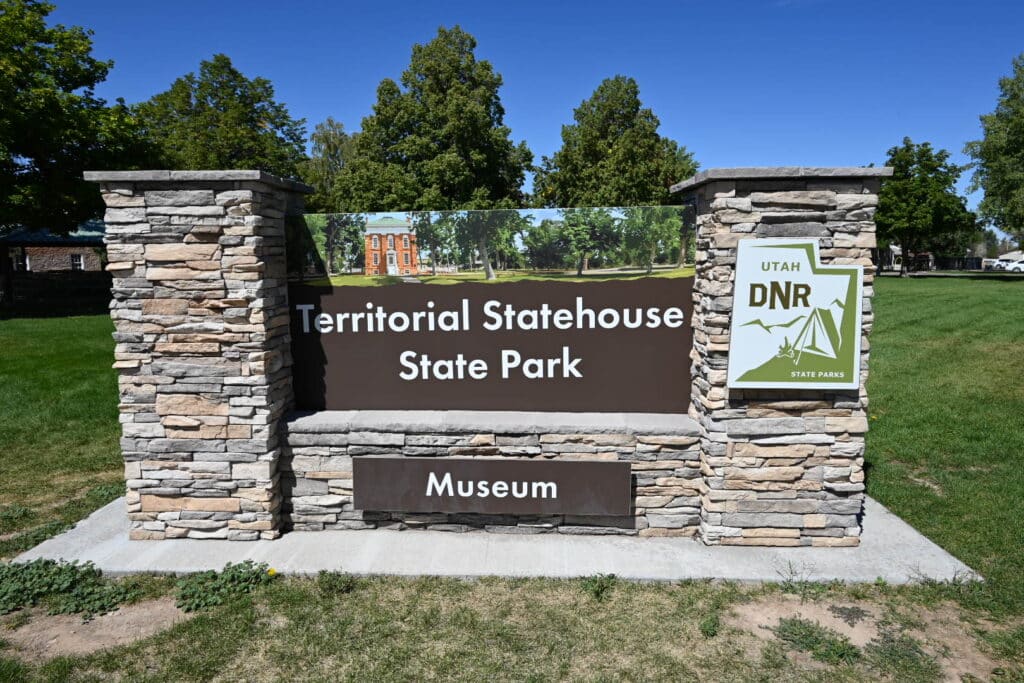
Visitors can tour the many artifacts throughout the park, learn about its past inhabitants, and participate in various educational programs the park staff offers. Territorial State House is a living museum where visitors can glimpse the beehive state past.
Cove Fort
Distance
- 33 miles from Territorial State House
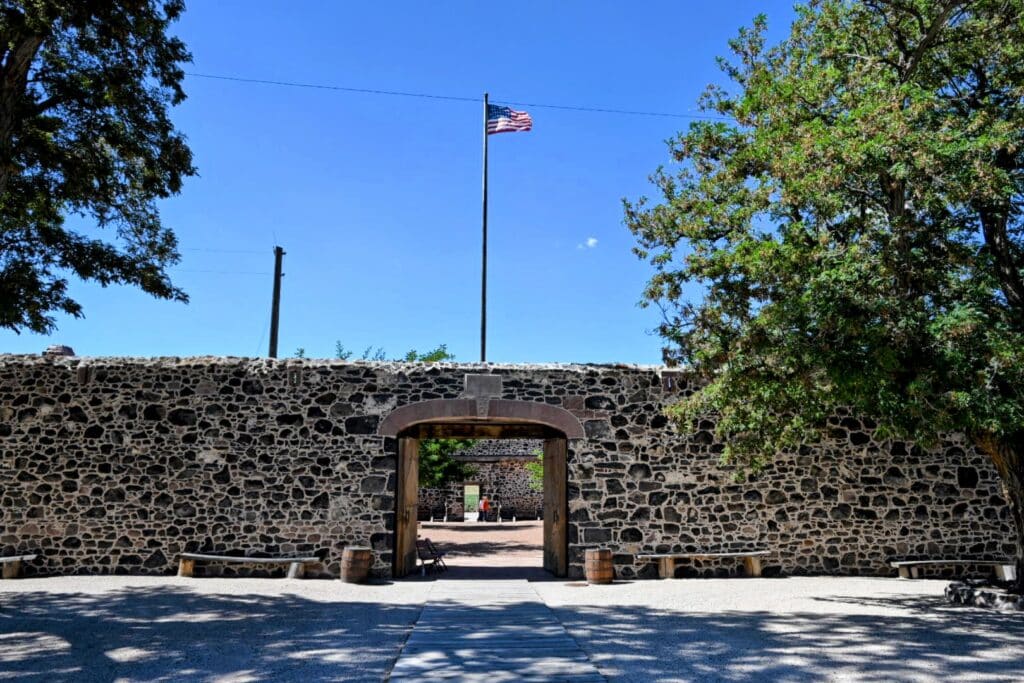
Nestled in the corner of Beaver County is the historic ghost town of Cove Fort. Established in 1867 and originally owned by early Mormon settlers, the fort was a prominent stop for wagon trains and travelers heading further west. Though uninhabited in 1895, a few original buildings remain, including a blacksmith shop, carpenter’s shop, powder house, and President Brigham Young’s office.
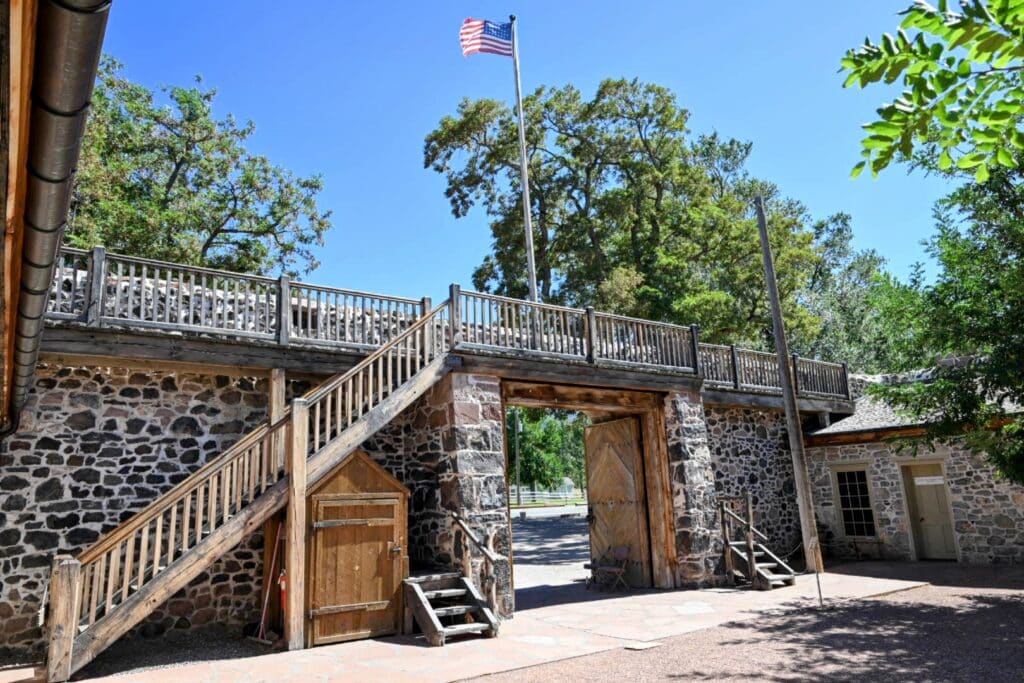
Visitors can explore an ongoing museum project inside some of these structures to learn more about Cove Fort’s unique history. Authentic artifacts such as old tools and cooking utensils give visitors an insight into life during the 1800s. At the same time, stories surrounding the fort provide captivating tales of courage, struggle, and determination during those times.

Whether interested in history or curious to see what remains of an uncompleted dream, Cove Fort is worth visiting to peer into this pioneering past.
Frisco
Distance
- 70 miles from Cove Fort
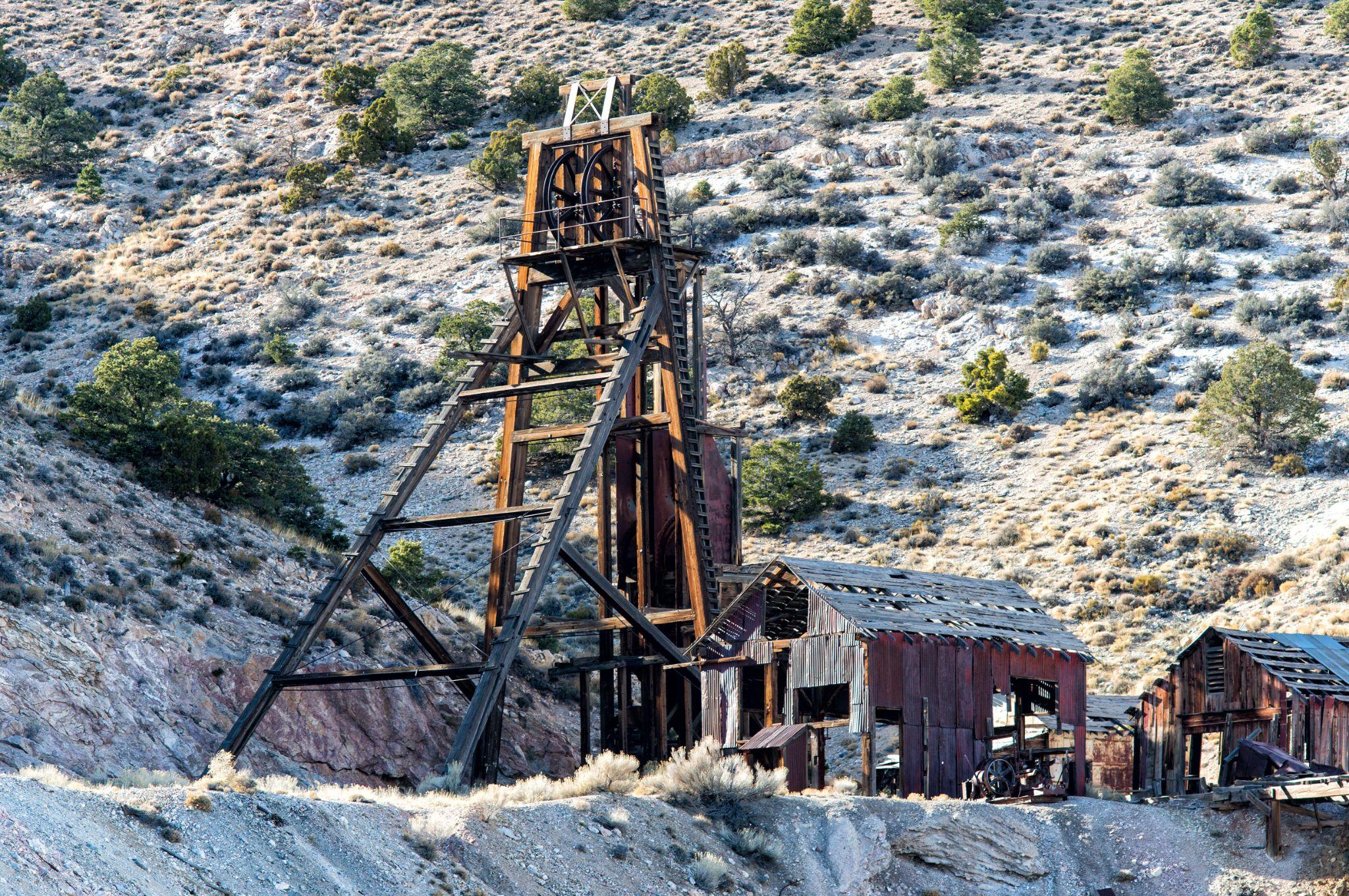
Frisco is a picturesque ghost town in Beaver County in the west-central part of the state. Originally founded as a coal mining town in the late 1880s, it was once home to over 2,000 people employed at various mines and other businesses. Today, many of its buildings and remaining structures remain intact, giving visitors a glimpse into its past.
There are two main stops for tourists on the Frisco Ghost Town Trail: The first is the cemetery with some 600 graves where you can pay your respects to those who lived and worked here; then there’s the old mining supply store and icehouse, which still stands. Other attractions include an old schoolhouse, abandoned buildings like an old livery stable and blacksmith shop, and calming views of open fields stretching out over surrounding hillsides.
This challenging terrain has kept much of Frisco isolated from modern development, making it a lovely spot to traverse Utah’s history.
Silver Reef
Distance
- 27 miles from Cedar City
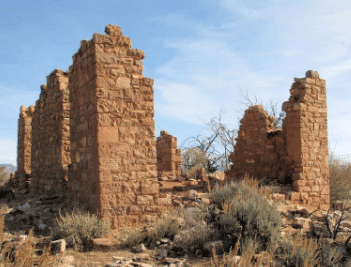
Most people agree that Silver Reef is Utah’s most popular ghost town. Silver Reef is a ghost town located in Washington County. First established in 1866, the town boomed with a population of over 8,000 after the discovery of silver ore deposits in the area.
The silver mine was an important resource for years until mining operations were discontinued due to the collapse of silver prices in 1894. While no longer inhabited, visitors can still tour the remaining historic buildings, including a saloon and livery stable.
Silver Reef offers a fascinating glimpse into Utah’s mining past and will captivate any explorer looking for this kind of adventure.
Grafton
Distance
- 30 miles from Silver Reef
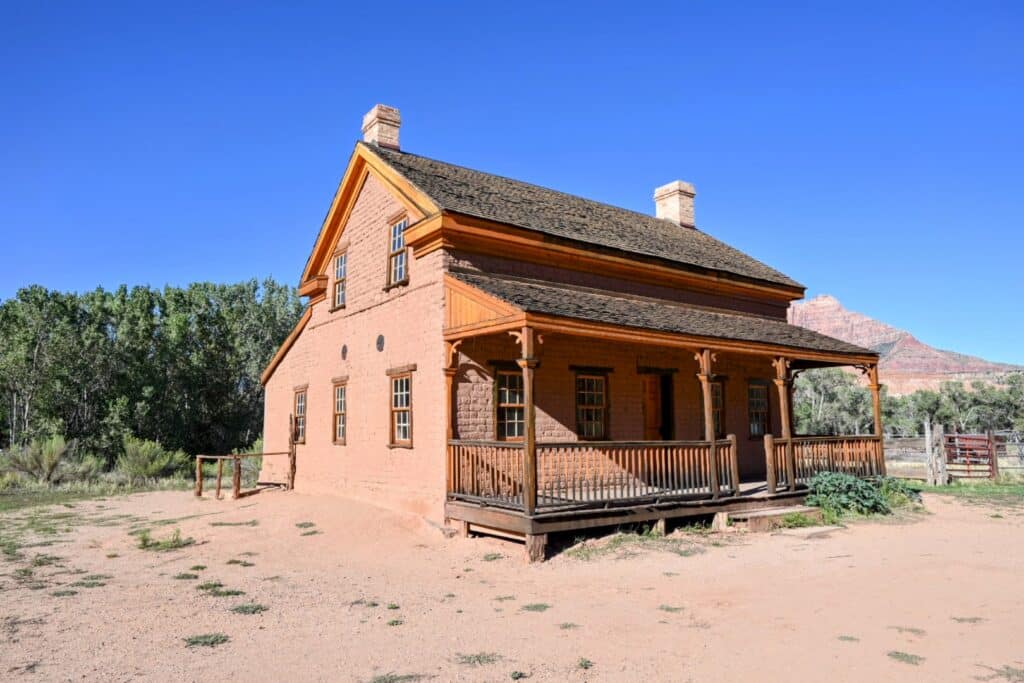
The historic site, Grafton ghost town, is a small town in the southwestern corner of Washington County. Situated just outside the Zion National Park along the Virgin River. It was founded by Mormon settlement pioneers in 1859 and initially served as a trading post for supplies and provisions for nearby settlers.
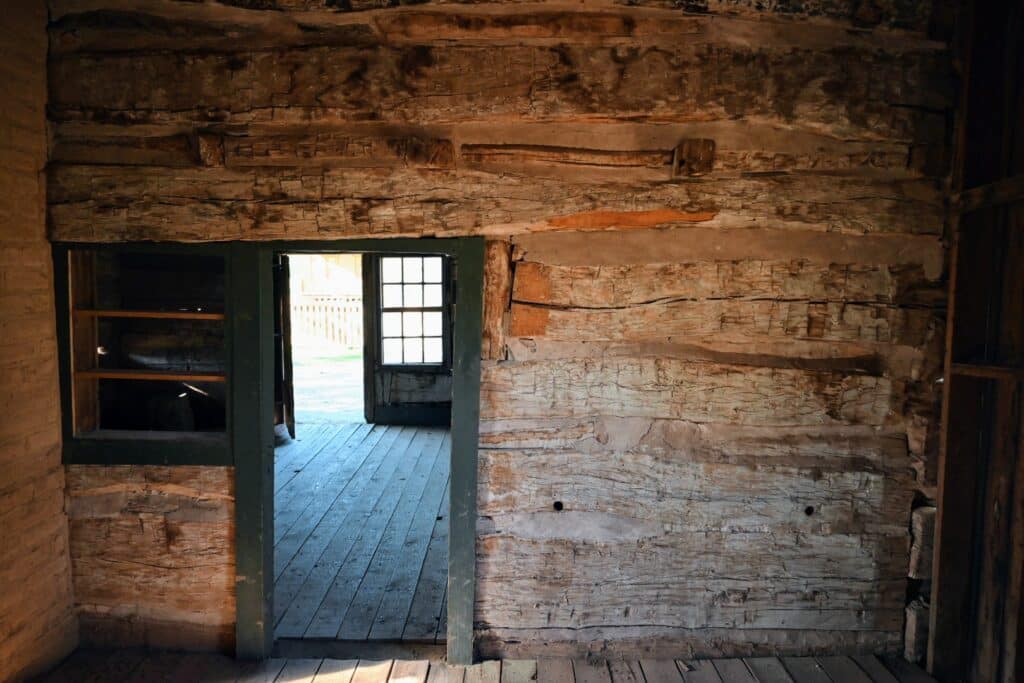
During the mid-1800s, Grafton slowly developed into an important supply hub for overland travelers passing through the area. Abundant fruit orchards were planted and cattle raised, making it an ideal place to trade and rest from long journeys.
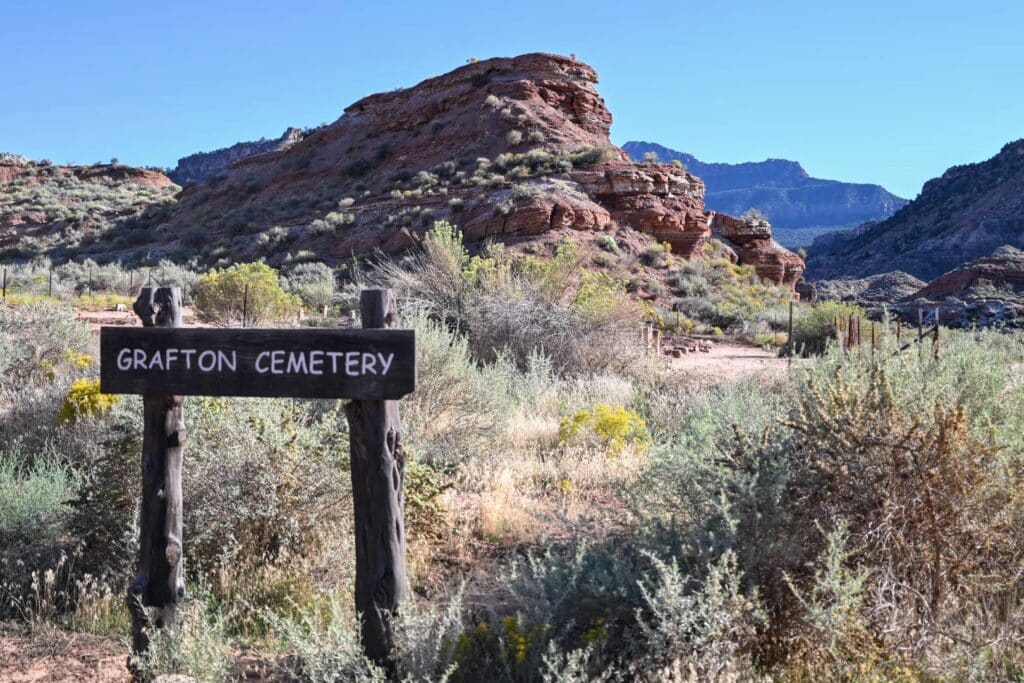
Then in 1862, Grafton was struck by a natural disaster. The Virgin River washed away most of the town, dislocating most families. Only a few years later, the Black Hawk War started, forcing even more residents to flee.
Unfortunately, by the mid-1950s, its population had dwindled to only a handful of people who eventually moved away, leaving behind a picturesque ghost town full of deserted houses and weathered buildings that visitors can tour today.
The area around Grafton has also become popular with explorers and historians who come here to experience its unique atmosphere, making Grafton the most photographed ghost town in Utah. Today, the Grafton Heritage Partnership Projects works with local, state, and federal agencies to preserve Grafton’s historic designation on the national register.
You may even recognize some sights from the classic Butch Cassidy and the Sundance Kid movie.
Lesser Known Ghost Towns
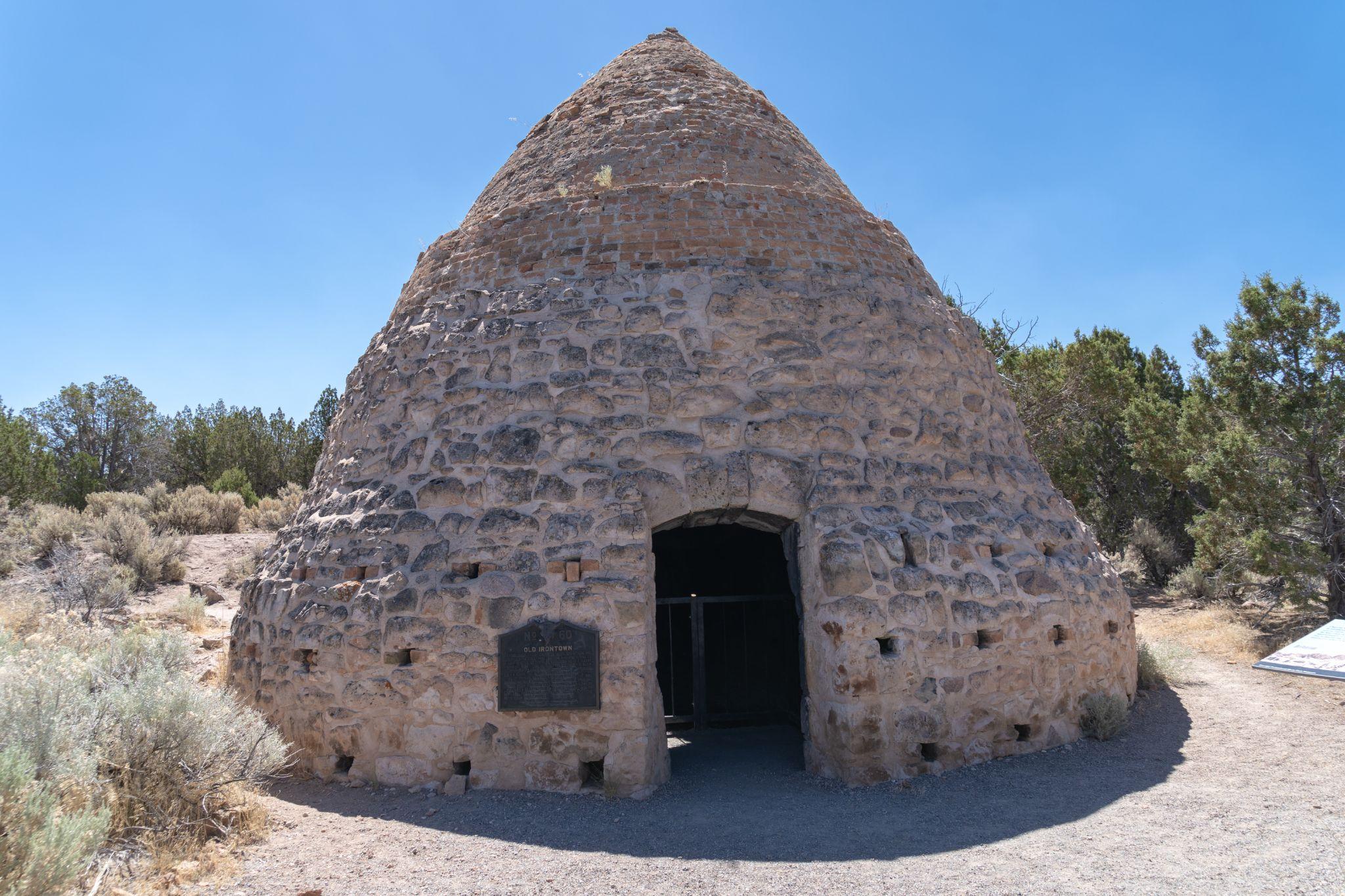
Kelton
If you will spend time north of the Great Salt Lake, check out Kelton, Utah, an abandoned mining settlement in northwestern Utah’s West Desert region. Uninhabited since the 1930s, visitors can rediscover this forgotten era as they explore its remnants, including old homes and an old cemetery that still stands as a silent reminder of times passed.
At one time, the transcontinental railroad went through here until the early 1900s, when its station was relocated.
Thompson Springs
It was a small railroad town in Grand County, Utah, founded in the late 19th century. The town was named after E.W. Thompson, a Denver and Rio Grande Western Railroad civil engineer.
In the early 20th century, the town experienced a boom as the oil demand increased. The oil was discovered in the area, and the town quickly grew with the influx of workers and their families.
However, with the decline in oil prices and the shift to diesel engines in the mid-20th century, the town’s population gradually dwindled. Today, Thompson Springs is a ghost town with many abandoned buildings and structures that offer a glimpse into its rich history.
Iosepa
Iosepa Ghost Town is a desert settlement founded and later deserted by a small group of Hawaiian members of the Church of Jesus Christ of Latter-day Saints in Utah’s Skull Valley. You could add this one to your itinerary just before Gold Hill.
Russian Settlement
Russian Settlement is often called a ghost town with no name and is located in the northwestern part of the state. Swindled by land agents, the Russians arrived from California with promises of beautiful land, only to find harsh conditions and drought. The settlement dispersed in 1918, with many returning to California.
Home of the Truth
Home of Truth in southern Utah, founded by Marie Ogden, a spiritualist, started it in 1933. Many followers departed after she began to share her writings on raising women from the dead.
Sego
Lastly, Sego ghost town lies in the eastern part of Utah, just north of Utah State Route 50 in Sego Canyon. It was once a coal mining town, transporting its coal on the Ballard & Thompson Railroad from Denver and Rio Grande Western.
It was a booming town with company stores and a boarding house soon being built. However, due to the diminishing water supply, mining was slowed, and paydays were unreliable. One stint lasted five months between paydays. Sego is only about 5 miles north of Thompson Springs.
Frequently Asked Questions
- What is the history behind Utah’s ghost towns? Many of Utah’s deserted towns sprang up in the wake of mining excitement or were established by members of the Mormon faith. Grafton, for instance, located near Zion National Park, was initially settled by Mormons. However, conflicts with Native Americans led to its abandonment. Similarly, Old Irontown was created in the 1850s with hopes of mining iron ore, but the project quickly fell through, leading to its desertion.
- How can visitors access these ghost towns? Visiting ghost towns can require navigating less-traveled roads, sometimes with spotty cell phone coverage. It’s wise to gather information and seek advice from locals ahead of your journey.
- What can visitors see today at these ghost towns? Currently, remnants narrating Utah’s history are accessible to those who visit. In the case of Grafton, only a cemetery and a restored schoolhouse are left, reflecting the brief period the town was inhabited. Meanwhile, Old Irontown is rich with structures for exploration, showcasing items like a distinctive beehive-shaped charcoal oven, the remnants of a foundry’s brick chimney, and an “Arastra,” employed for grinding iron ore.

